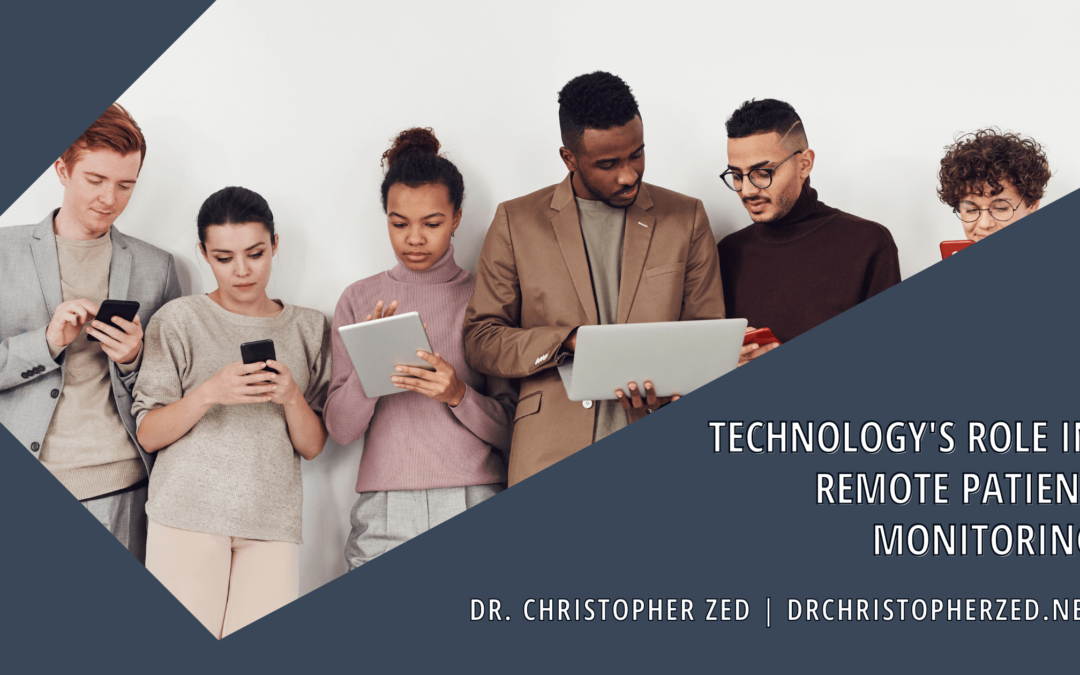Remote patient monitoring (RPM, also known as telemedicine, telehealth, remote medicine, or tele-expertise) uses digital technology to improve the quality of care, reduce costs, and make healthcare more accessible. This type of medical care utilizes mobile apps, computer software, digital devices, and video conferencing to provide immediate treatment and care to patients who may be geographically distant from the caregiver. Therefore, they are unable to visit them for treatment.
It involves monitoring the sick at home via a webcam, a mobile phone app, or computer-based technology.
The role of technology
Technology is used in telemedicine in various ways. The most common include remote monitoring sensors, remote monitoring software, mobile apps, cloud-based monitoring, and multichannel systems.
Remote monitoring sensors can be placed in the infirm’s environment and connected to a monitoring device. These sensors are often medical devices that can track physiological parameters such as heart rate or blood oxygen levels. Remote surveillance software is installed on a computer or mobile device. It is accessed via a web browser and used for several purposes. For example, it can check abnormal conditions in patients, such as irregular heart rate or environmental conditions such as fire or smoke. Mobile apps are often used to collect data from sensors, track daily activity, and communicate with a remote monitoring computer.
Its benefits
Telehealth can be used as a complement to in-person care. It provides real-time care for patients who cannot visit a caregiver due to health concerns or distance. Tele-expertise is often less expensive than traditional visit-to-visit medical care. It allows the sick to participate in their care and avoid the expense and inconvenience of traveling to the physician’s office or hospital.
Remote patient monitoring can be of particular use to aged patients who live in remote areas and find it difficult to travel to the hospital. It is used to comply with the federal law Health Care Financing Reform Act, which requires the infirm to receive their care or follow-up visits from a medic or other health care provider.
Remote medicine can help improve access to primary care by providing programming for the hearing impaired, surveilling the elderly who can’t travel, and caring for patients who don’t want to go to the doctor for a check-up. Telemedicine can also provide patients with a more convenient and less invasive option than visiting a physician’s office, hospital, or clinic. Remote patient monitoring provides healthcare providers with an additional way to surveil and treat the sick. It can help inpatients stay connected with their family and friends and help them maintain a sense of independence.

